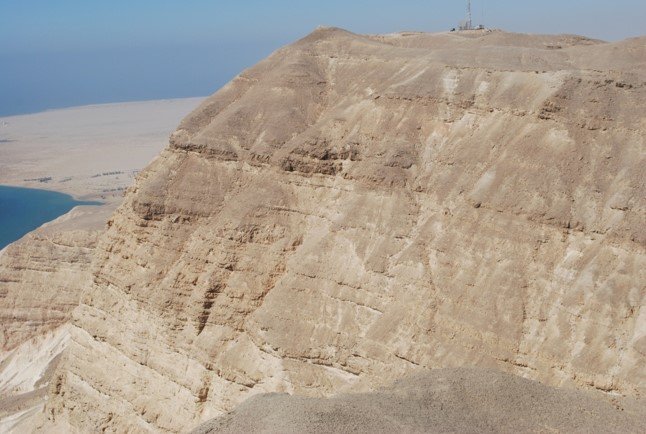Although PCO2 and global temperature started to fall during the Palaeocene, a major perturbation at the Palaeocene-Eocene boundary led to a warmer period of ~5-10My (Palaeocene-Eocene Thermal Maximum or PETM). Benthic foraminifera thrived at this time, and became a dominant contributor to carbonate platform growth. Since they did not bioconstruct, carbonate platforms were dominated by ramp morphologies, although local tectonics created topography – and facilitated gravity flow processes – on some platforms (e.g. Corlett et al., 2018). In cooler, deeper waters at high latitudes, plate tectonics, changes in ocean circulation and also sediment dispersal helped to establish the World’s largest cool water carbonate factory in southern Australia (e.g. Sharples et al., 2014JPublications).
